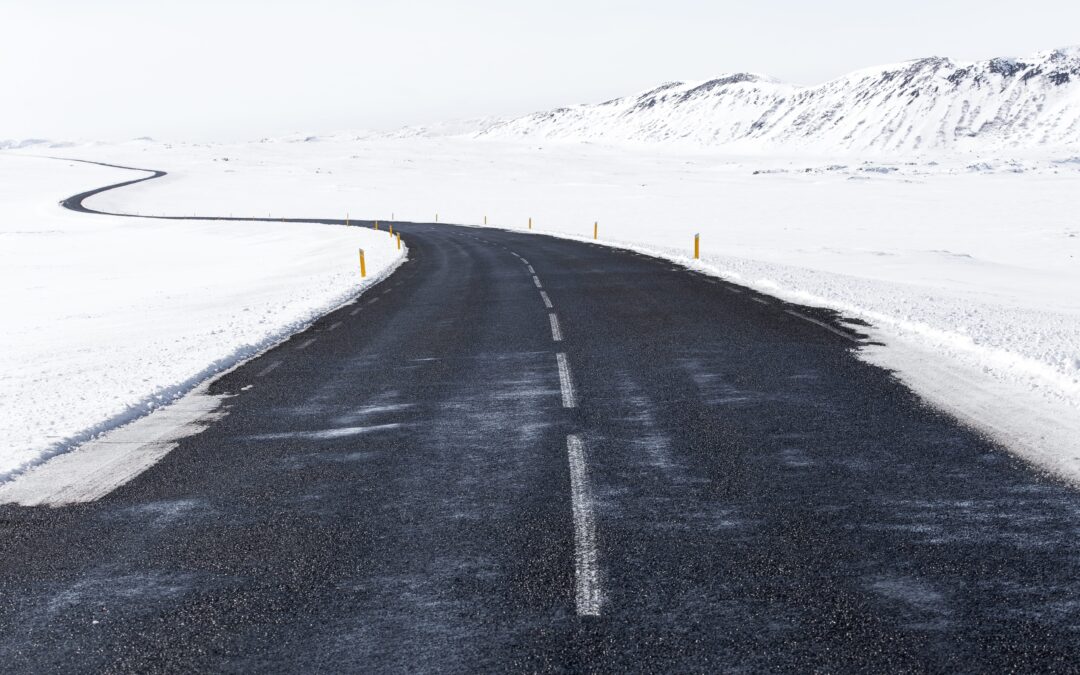Winter Driving
With the changing of the seasons, changes in road conditions inevitably follow. As the temperature starts to drop and people begin to look forward to the holidays, our streets and highways start to become a bit more dangerous than normal. Sure, it’s fun to go to an empty parking lot and play around after that first snowfall. But what about when you’re driving across the country to see your family or delivering a trailer full of freight? It isn’t as fun sliding around the road in those situations.
There are many precautions and preventative measures you can take to minimize your exposure to the hazards of winter driving. Here are just a few things you can do this winter to minimize your risk and maximize your safety while driving a vehicle.
Prepare and Prevent, Don’t Repair and Repent
One of the worst places you can find yourself in is broken down on the side of the highway in the middle of a snowstorm. Whereas it may not be possible to predict when it will happen, you can do a lot to better your chances of making it to your destination safely and even prolonging the life of your vehicle. Keeping up with routine maintenance such as oil changes, brakes, changing your fluids at the proper intervals, etc., is one of the best ways to fix a problem before it happens. You don’t want to be in the middle of nowhere when your engine seizes up because you’ve never bothered to change and/or top off your oil. If you do become stranded in the snow, stay with your vehicle. It can provide temporary shelter and make it easier for help to find you.
Don’t be in a Hurry
Plan ahead and know that whenever there may be snow and ice on the road, your trip will take you longer than if you were on dry pavement. Leave the house a few minutes earlier. Make sure to give yourself enough time to maneuver safely as everything will take longer on snow-covered roads. Don’t accelerate as fast, slow down sooner than normal, and take turns more cautiously. No delivery, appointment, or meeting is worth putting your life and the lives of other motorists and pedestrians in danger.
Carry the Right Tools
No matter what you’re driving, whether it be a passenger car, semi-tractor, motorhome, etc., it’s important to have the proper equipment whenever you’re out on the road in snowy weather. You should stock up your vehicle with the following items:
- Ice scraper. When you first get going in the morning you want to make sure your field of vision is completely free of obstruction, including ice that may have built up on your windshield overnight.
- Roadside Emergency Kit. Purchase a kit to keep in the trunk of your car if you were to break down. These kits can include basic first-aid supplies, jumper cables, reflective triangles, spare fuses, and many other things that would be useful in a breakdown situation.
- Sand or Cat Litter. These can be spread out by your tires in order to gain traction and get you out of the snow if your vehicle becomes stuck.
- Cell Phone Charger. You’ll want to keep your phone charged while traveling over the road, especially in inclement weather.
- Food and Water. Hopefully, you’re never broken down for a long period of time. But if you are, having a backup supply of food and water is never a bad idea.
Winter driving can be a tricky thing to navigate, but if you follow these 3 tips, you will be a much safer and more prepared driver. And, you may even save a life in the process.
